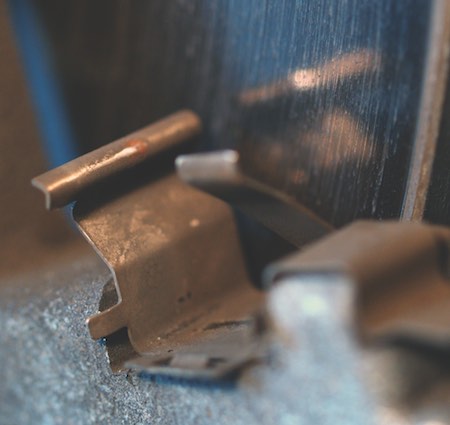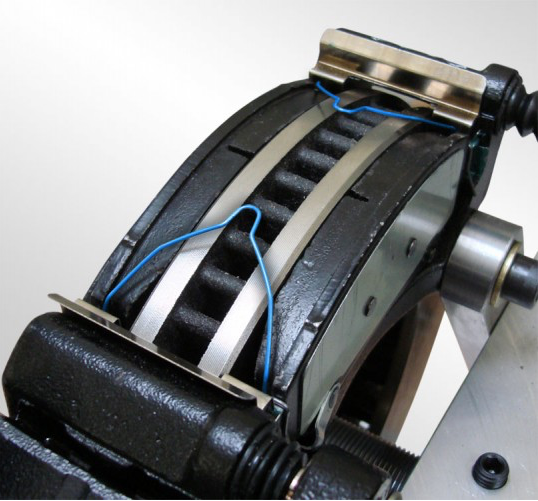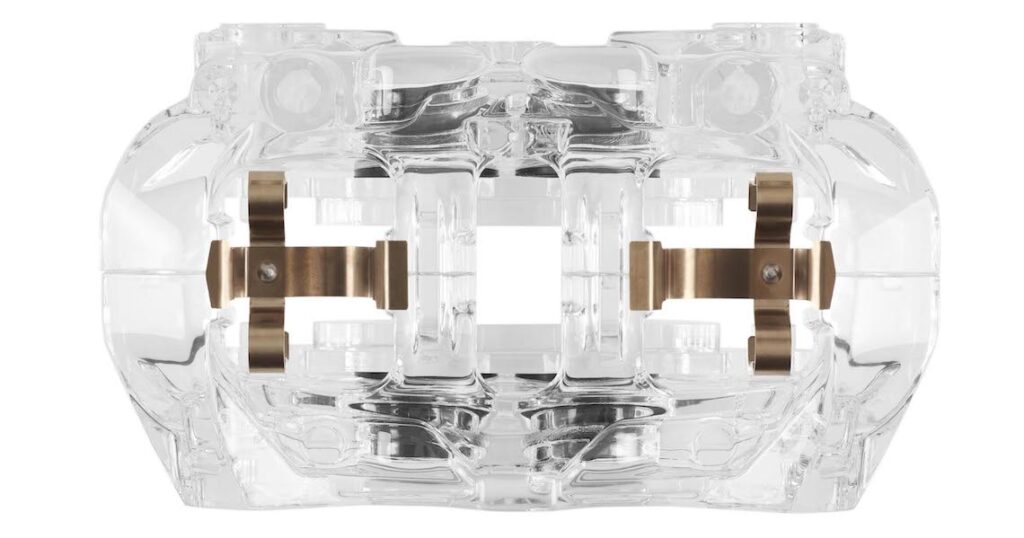Last month, Brembo introduced a new brake pad spring designed to push the brake pads away from the brake rotor. The Enesys (an acronym of ENErgy Saving sYStem) brake pad spring is not a new idea.
For more than 40 years, automakers and foundation brake system suppliers have been engineering new brake hardware components and hydraulic system components to pull the brake pads off the rotor.
In the 1980s, GM pioneered the quick take-up master cylinder. With a valve in the master cylinder, it creates negative hydraulic pressure to retract the piston. GM even introduced the square-cut caliper piston seal to help in the process. Today, many ABS modulators can do a similar procedure to reduce rolling resistance.

In the late 1990s, the Mazda Miata had metal springs attached to the inboard and outboard brake pads. The drag reduction clips pushed the pads away from the brake disc. Ford adopted the same spring design for the Escort and Focus models.

In the 2000s, many OEMs introduced brake hardware abutment clips that had springs built into the areas where the ears of the pads make contact with the bracket. Toyota even got into the act with springs that would clip into the brake pad mounting pins and push the pads back into the caliper. Mercedes Benz even has a system that electronically adjusts the rear brakes with the help of the caliper mounted parking brake system.

In the aftermarket, NUCAP Industries introduced Drag Reduction Technology (DRT) hardware that could be clipped to any brake pad set to reduce brake drag and even brake noise.
The one thing Brembo has done well is frame the benefits of the Enesys brake clip as a “green” product. Most of the old technology was invented to improve fuel economy so the OEM could meet corporate average fuel economy (CAFE) standards. Engineers were not looking to save the planet.
One benefit often forgotten by technicians and drivers is that these drag-reducing devices help to extend the life of the brake pads. It can also reduce the chance that rotor runout will cause disc thickness variation. This is because the high spot of the rotor does not make contact with the pads.
